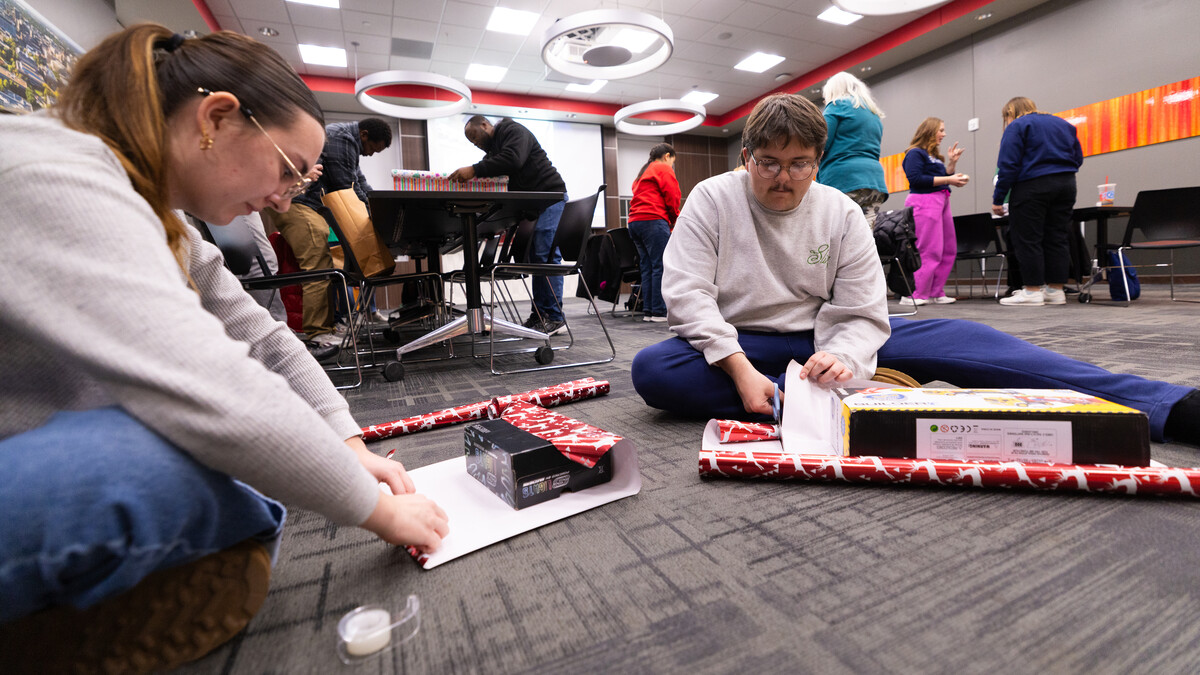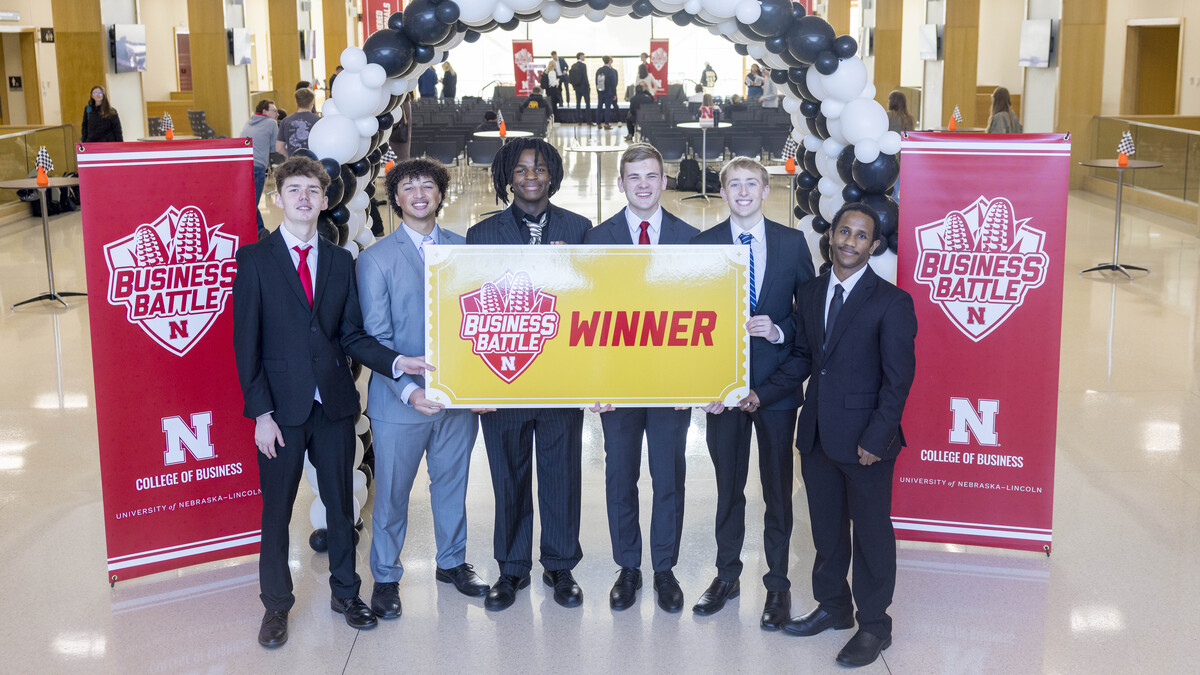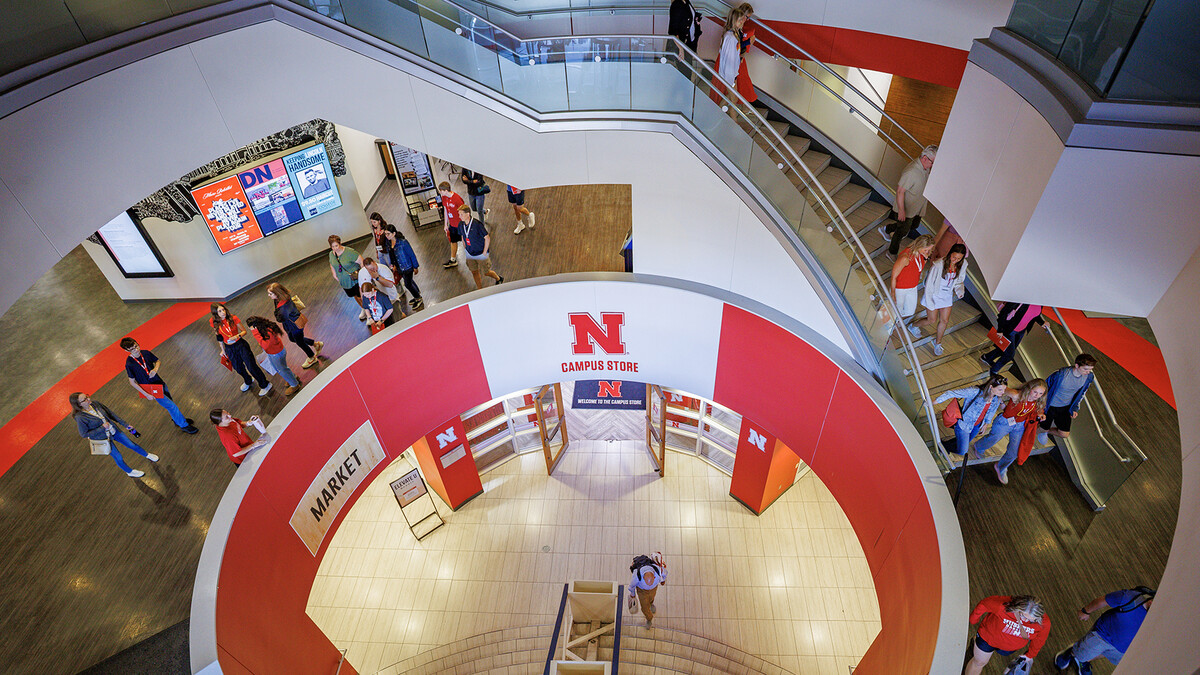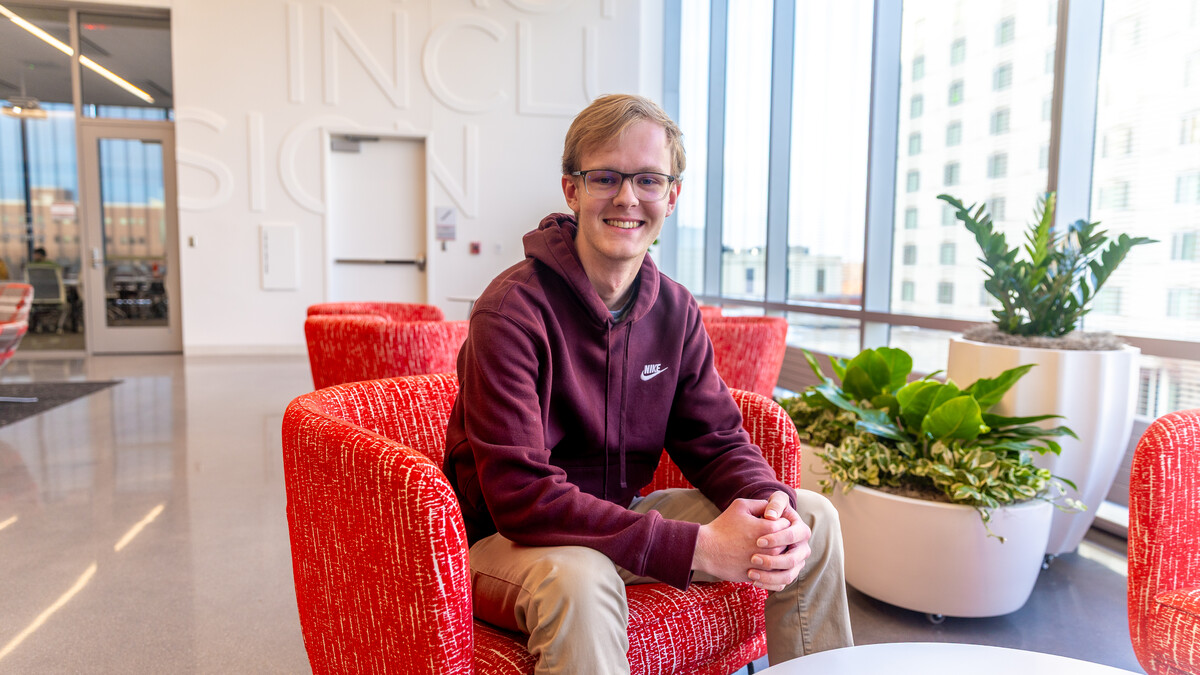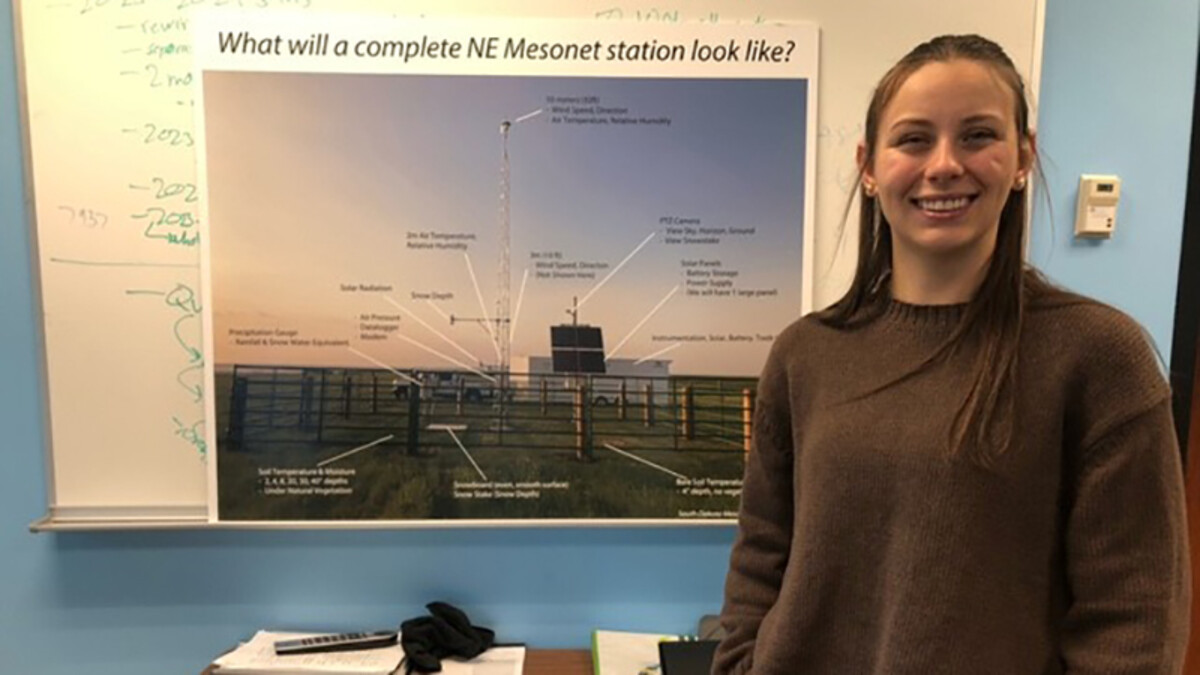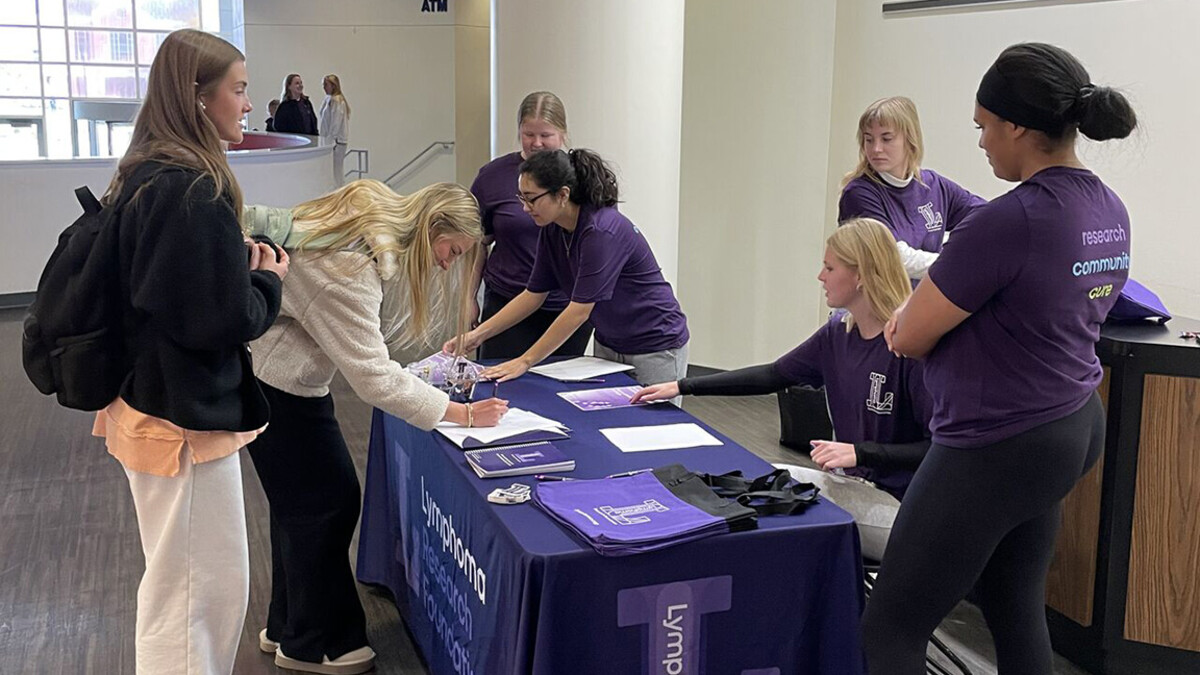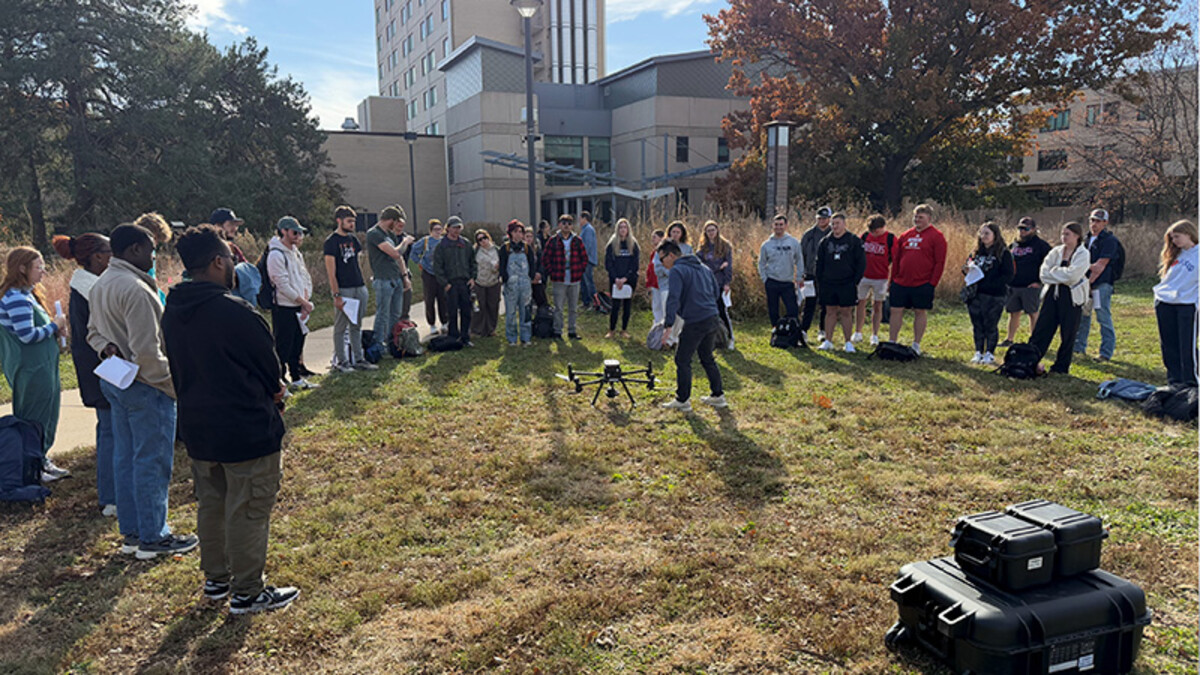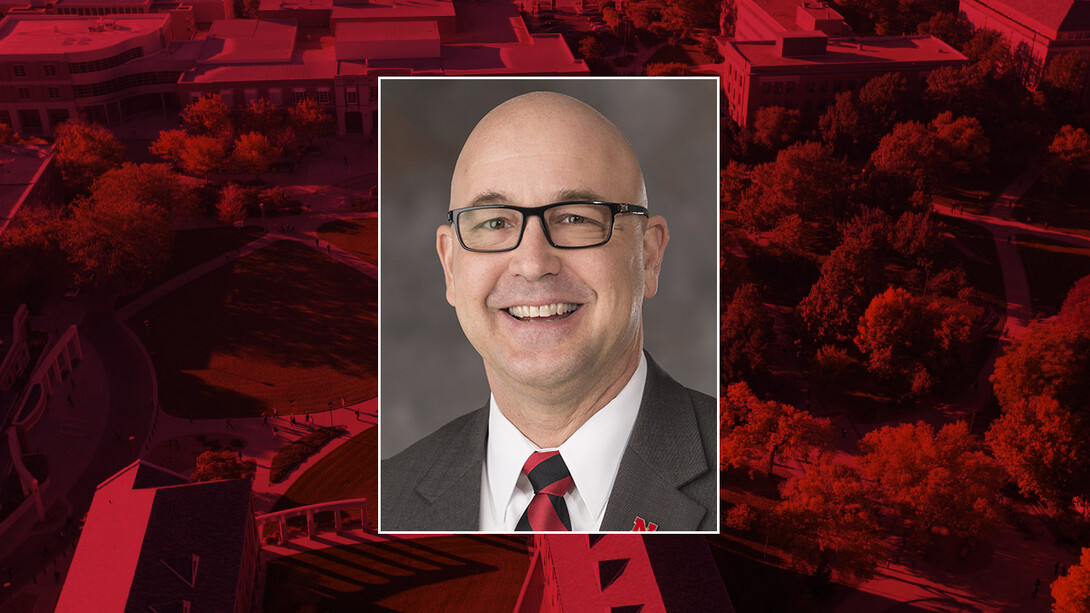
A statement from Mike Boehm, University of Nebraska vice president for agriculture and natural resources and Harlan Vice Chancellor for the Institute of Agriculture and Natural Resources:
Last summer, hundreds of northeast Nebraskans gathered over the course of a month in coffee shops, community centers, pole barns and at county fairs to participate in candid discussions of their needs.
Community members were clear: More collaboration between PK-12 schools and institutions of higher education is required, along with agricultural workforce development and improved water quality. They also weighed in on how the Haskell Agricultural Laboratory could help address these issues.
As a result of those conversations, I and other University of Nebraska-Lincoln leaders have concluded that HAL should play a key role in expanding the university’s engagement in the region.
Cuts in state funding in 2018 raised some doubts about the future of the laboratory, located near Concord, Nebraska. After HAL survived those cuts, university administrators decided the time was right to study how effectively the university was supporting northeast Nebraska.
By design, IANR representatives had no agenda during their visit to northeast Nebraska.
We wanted to hear from the 217,000 people who call northeast Nebraska home — so we let them drive the conversation. It was important for us to hear about the challenges they’re facing and how the university can better engage and serve their needs.
Since the listening tour, IANR leaders have been brainstorming about how best to implement those changes brought to us by the community.
For instance, leaders from the university’s College of Agricultural Sciences and Natural Resources, HAL and Nebraska Extension have connected with leaders at the Nebraska College of Technical Agriculture, Wayne State College, Northeast Community College, Nebraska Indian Community College, Little Priest Tribal College and Wayne Community Schools. They have begun to explore ways to build on each institution’s unique strengths. These innovative partnerships will help prepare Nebraska’s next generation by providing a seamless education and career pathways for lifelong learners.
One idea being discussed by this group is the formation of an education compact, based upon similar initiatives elsewhere in the nation. A Northeast Nebraska Education Compact would bring together PK-12 public school superintendents and representatives from Nebraska colleges and universities. Compact members would work collaboratively on issues that matter to Nebraska families, such as high school graduation rates, postsecondary attainment, and improved community and economic vitality. The compact would also provide greater exposure to career opportunities in resilient food, energy, water and societal systems that address skill gaps in agriculture and natural resources.
Workforce development, specifically in feedlots, was another common theme during the listening tour. With more than 2 million cattle on feed across the state, beef cattle production has a $12.1 billion impact on Nebraska’s economy. Because northeast Nebraska is home to so many of these cattle, it is critical that the region’s workforce be adequate to manage the large number of cattle on feed. Using feedback from the listening tour, planning is underway to reactivate HAL’s feedlot, which could be used to provide technical training for future feedlot workers.
Water quality was another issue repeatedly raised by listening tour participants. A safe water supply is critical for all Nebraska residents and it is becoming ever more expensive to bring water supplies to healthy levels. Complementing existing efforts and in response to feedback received, IANR is partnering with three Natural Resources Districts to hire an extension educator who will be based at the Lower Elkhorn NRD to work with farmers on managing water and nitrogen, and to help communities address high nitrate levels.
HAL will be key to moving these initiatives forward. The lab is ideally positioned to serve as an experiential discovery center where learners of all ages can explore where their food comes from, how it is produced, and the importance of our taking care of our precious water and soils.
State funding for the university will be among the priorities discussed during the upcoming legislative session. With an ongoing focus on university resources, administrators expect to continue working with northeast Nebraskans to identify opportunities for collaboration.
The great conversations we had in northeast Nebraska this year were critical to shaping our engagement in that region. We look forward to working with communities to ensure that we’re meeting their needs today and into the future.
